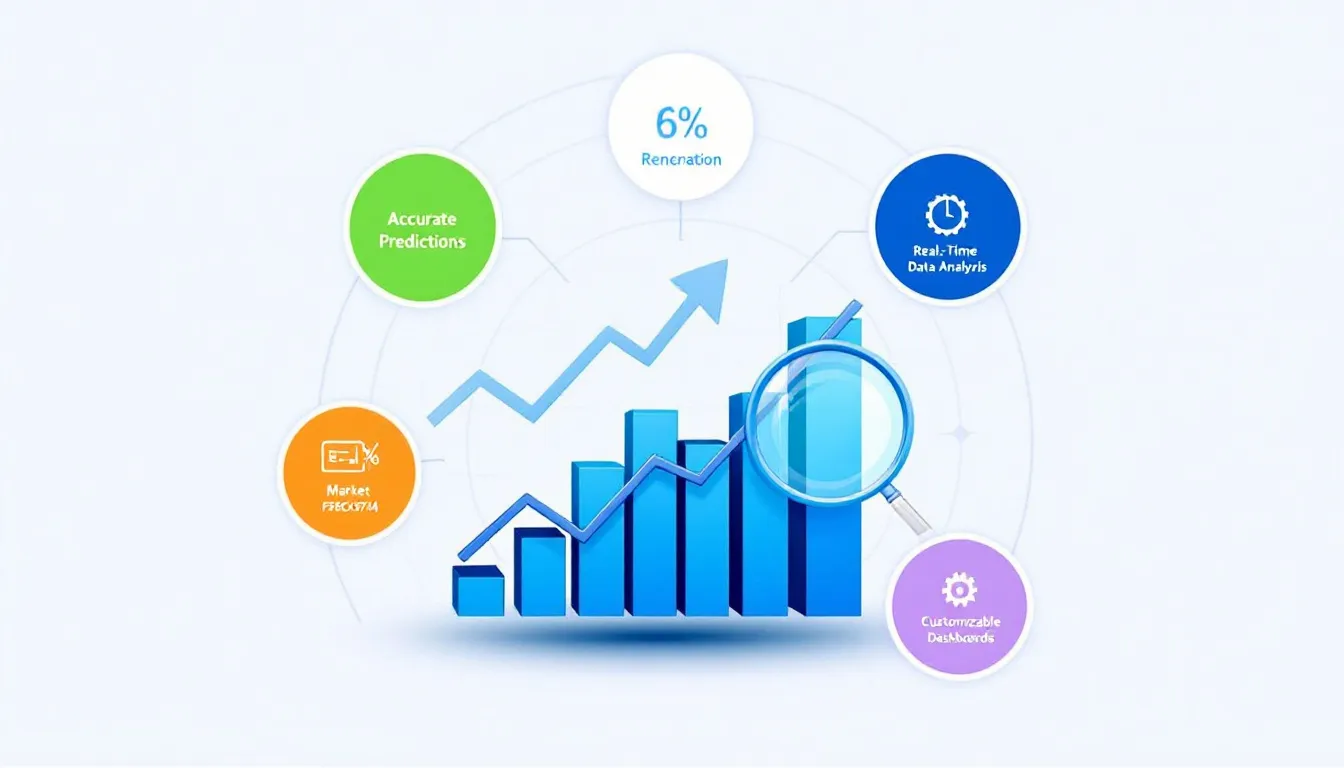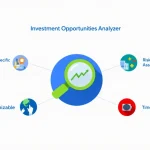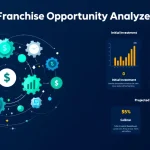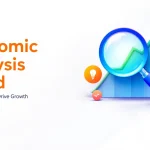Market Trend Analysis
Is this tool helpful?
How to Use the Market Trend Analysis Tool Effectively
- Enter the industry for analysis: Type the specific sector you want to research, such as “Artificial Intelligence” or “Agricultural Technology”.
- Specify the analysis time frame (optional): Input your desired period, like “Next 3 years” or “2025-2030”, to focus on short- or long-term trends.
- Define particular areas of focus (optional): Use the text box to mention key topics you want to highlight, such as “Precision farming advancements” or “AI ethics regulations.”
- Submit to generate analysis: Click the “Generate Market Analysis” button to receive a thorough report based on your inputs.
- Review the generated market report: Examine the insights, trends, and recommendations presented in the report section below the form.
- Copy or save the report: Use the “Copy to Clipboard” button to easily share or archive the analysis for future reference.
Market Trend Analysis Tool: Definition, Purpose, and Benefits
The Market Trend Analysis Tool provides insightful and data-driven reports based on decades of investment experience and market research. It helps you understand the current status, growth prospects, and challenges of any industry you select, empowering you to make informed business and investment decisions.
Whether you’re evaluating emerging technologies, tracking industry growth, or assessing risk factors, this tool synthesizes market information to deliver actionable insights. It integrates historical data with forward-looking indicators, helping you anticipate market shifts and identify promising opportunities.
Key Benefits of Using the Market Trend Analysis Tool
- Comprehensive Industry Overview: Understand market size, competitive dynamics, regulatory changes, and technology impacts within your chosen sector.
- Risk Identification and Management: Detect potential market risks early and develop strategies to mitigate their effects.
- Spotting Emerging Opportunities: Identify new market segments, innovations, and consumer shifts before they become mainstream.
- Efficient Decision Support: Use clear, concise data insights to support investment choices, strategic planning, and resource allocation.
- Save Time and Resources: Access thorough market analysis quickly, avoiding lengthy manual research processes.
Practical Applications of the Market Trend Analysis Tool
1. Investment Strategy Planning
Use the tool to analyze different industries to identify those with strong growth potential and manageable risks. This supports creating diversified portfolios that align with your clients’ goals or your own investment plans.
2. Business Expansion and Market Entry
Evaluate regional market growth, regulatory environments, and competitor strategies to make informed decisions about expanding your business or entering new markets.
3. Startup Market Research
Startups can leverage the tool to understand market size, recognize key trends, and identify challenges to clearly position their products for investors and partners.
4. Policy Formulation and Economic Planning
Government agencies and economic planners can assess which industries offer the greatest potential for growth and job creation, enabling focused support and policy development.
5. Acquisition Due Diligence
Investment banks and corporate advisors can evaluate target industries for mergers and acquisitions, assessing market position, risks, and future trends to guide deal decisions.
Addressing Market Challenges and User Needs
Navigating Market Volatility
The tool contextualizes current fluctuations with historical trends to give you a steady perspective. It highlights stable segments and forecasts likely scenarios, helping you manage uncertainty effectively.
Identifying Emerging Industry Trends
Track shifts in consumer preferences, technological advancements, and regulatory developments to uncover nascent trends that drive future growth, such as increasing demand for sustainable products or advances in automation.
Analyzing Competitive Landscape
Gain insight into industry players’ market shares, strategies, and potential disruptors. Understand the factors shaping competition to make strategic decisions that improve your position.
Risk Assessment and Mitigation
Beyond identifying risks, the tool suggests practical mitigation strategies such as diversifying supply chains or adopting emerging technologies to reduce vulnerability.
Sample Use Case Scenarios
Investment Portfolio Optimization
- Analyze various sectors to find high-growth, low-risk industries.
- Adjust asset allocation based on projected trends and risk profiles.
- Create balanced, data-backed portfolios tailored to market conditions.
Strategic Business Planning
- Assess growth potential and regulatory hurdles across markets.
- Evaluate competitors to position your offerings effectively.
- Forecast demand to prioritize product development initiatives.
Startup Pitch Preparation
- Quantify market size and growth trends to attract investors.
- Highlight key industry challenges and opportunities.
- Demonstrate deep market understanding to improve credibility.
Economic Policy Development
- Identify sectors primed for government investment and incentives.
- Forecast economic impact and job creation potential.
- Design targeted interventions based on data-driven insights.
Mergers and Acquisitions Evaluation
- Conduct comprehensive industry assessments of acquisition targets.
- Understand competitive position and sector risks.
- Forecast industry trends affecting merger outcomes.
Frequently Asked Questions (FAQ)
1. How frequently is the market data updated?
Market data refreshes on a weekly basis for most industries. For fast-changing sectors or during major events, updates occur more often to keep insights current and reliable.
2. Can this tool analyze specialized or emerging industries?
Yes. The tool leverages 50 years of investment insights and adaptable analysis frameworks, enabling it to study niche and emerging markets effectively by drawing parallels to historical patterns.
3. Does the tool account for regional and global market differences?
It integrates global economic indicators and regional specifics to tailor analysis by geography. You can specify regional focus areas for more targeted insights in your analysis.
4. Can I compare multiple industries simultaneously?
While you can analyze one industry at a time, running multiple reports allows you to compare sectors effectively and identify relative strengths and growth opportunities across markets.
5. How does the tool balance short-term market fluctuations with long-term trends?
The tool distinguishes between temporary market noise and sustained trends by analyzing historical cycles alongside recent data, helping you focus on enduring industry shifts rather than short-term volatility.
Important Disclaimer
The calculations, results, and content provided by our tools are not guaranteed to be accurate, complete, or reliable. Users are responsible for verifying and interpreting the results. Our content and tools may contain errors, biases, or inconsistencies. Do not enter personal data, sensitive information, or personally identifiable information in our web forms or tools. Such data entry violates our terms of service and may result in unauthorized disclosure to third parties. We reserve the right to save inputs and outputs from our tools for the purposes of error debugging, bias identification, and performance improvement. External companies providing AI models used in our tools may also save and process data in accordance with their own policies. By using our tools, you consent to this data collection and processing. We reserve the right to limit the usage of our tools based on current usability factors.







